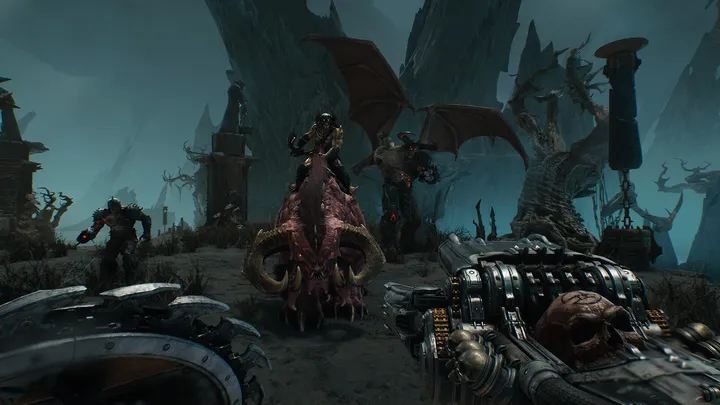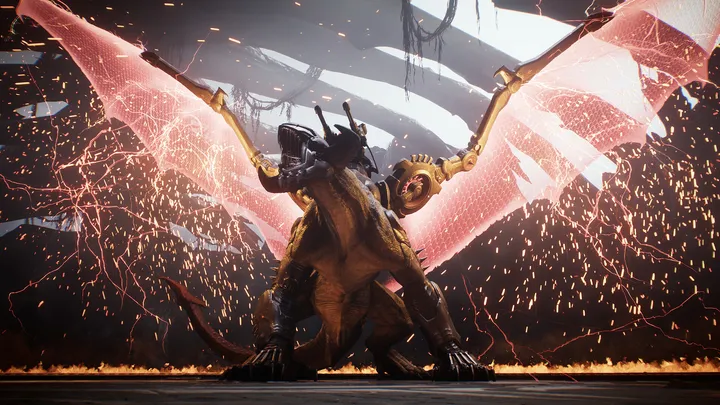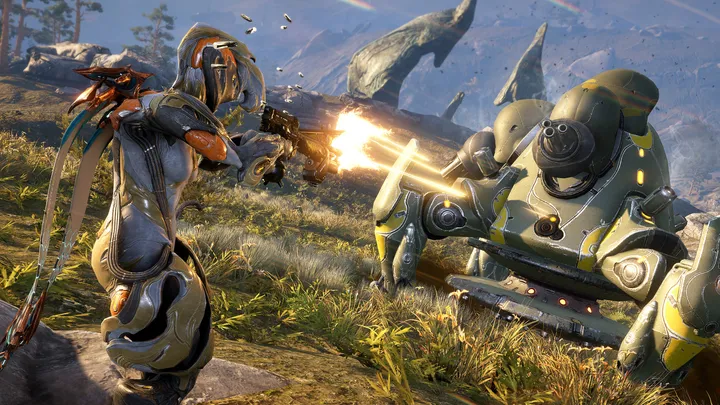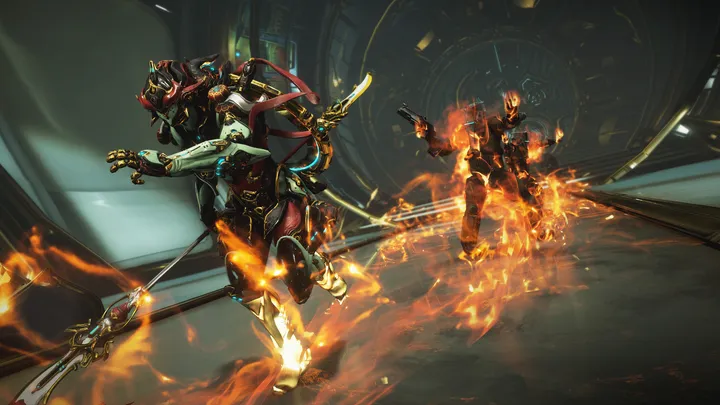Introduction
TUNIC is a game built on mystery, exploration, and subtle guidance. Instead of tutorials, the world itself teaches you how to play using environmental clues, visual puzzles, and a mysterious in-game manual written in an unknown language. Because of this, new players often feel lost during their first hours—but this feeling is intentional, and learning how to navigate it is the key to mastering the entire game.
This comprehensive guide walks you through how to excel in TUNIC from start to finish. It covers movement, combat, secrets, manual interpretation, puzzles, upgrades, boss fights, and late-game exploration—all in a progressive order that matches the experience of a typical playthrough. If you want to understand how to get stronger, how to find hidden paths, and how to unravel the deeper mysteries of TUNIC, this guide gives you everything you need.
Section 1: Learning the Basics of Exploration
The earliest part of TUNIC challenges you to understand the layout of its world. Paths curve into unexpected corners, cliffs hide ladders, and beaches reveal caves you might overlook. Exploration is the foundation of successful progression, so learning how to move effectively and observe details is essential.
At first, walk slowly through each new area and pay attention to every unusual shape or shadow. Tall grass often hides secret routes, and rock formations sometimes indicate breakable walls. Because the camera angle is fixed, some paths stay intentionally concealed behind trees or cliffs; you must experiment by walking behind objects, pressing against edges, and stepping into suspicious gaps.
One crucial lesson is that TUNIC rewards curiosity. If something feels intentional—even a slightly different tile on the ground—it usually holds meaning. The game is designed so that players who look beneath the surface discover shortcuts, hidden items, or clues that connect to later areas in unexpected ways.

Section 2: Understanding Movement and Stamina
Movement in TUNIC seems simple at first, but mastering it is key to both survival and exploration. Your character can walk, run, roll, and lock onto enemies. Rolling consumes stamina, and when stamina depletes completely, you become vulnerable to higher damage.
A good rule is to avoid spamming rolls. Many new players dodge repeatedly, leaving themselves without stamina during critical enemy attacks. Instead, roll deliberately—one or two quick movements create distance or position you behind enemies.
Another subtle mechanic is how movement interacts with terrain. Slopes slow your speed, water limits your actions, and steep cliffs force you to find alternate paths. Understanding these limitations helps you plan safer approaches during exploration or combat encounters.
Later in the game, new tools unlock additional forms of movement, such as grappling and teleportation. Each movement item opens previously inaccessible paths and encourages you to revisit earlier areas with a fresh perspective.
Section 3: Mastering Combat Techniques Early
Combat in TUNIC is surprisingly challenging. Enemies hit hard, overwhelm you in groups, and punish reckless play. Learning combat fundamentals early makes later areas manageable.
Start by practicing lock-on mechanics. Locking onto enemies gives you tighter control over dodges and attacks, especially in crowded spaces. However, there are times when unlocking is better—for example, when running through large groups or repositioning to avoid ranged attacks.
Your sword has a short reach, so timing is everything. Whenever possible, strike once or twice, then dodge backward. Staying too close invites damage. Shields help block attacks, but blocking also drains stamina; if stamina hits zero, incoming attacks break your guard and deal heavy damage.
Studying enemy animations is the key to mastery. Each enemy type telegraphs attacks differently, and recognizing patterns allows you to dodge at the perfect moment. Early enemies teach the basic rhythm, while later ones introduce multi-hit strings, delayed swings, and magical projectiles.
Section 4: Managing Resources and Surviving Difficult Encounters
TUNIC’s resource system resembles classic adventure games—healing is limited, and many items provide powerful benefits but must be used sparingly. Because of this, resource management separates careful players from reckless ones.
Your main healing item restores health gradually, not instantly, so using it during battle is risky. The safe approach is to create distance before healing. Bombs, magic items, and stat-boosting consumables should be saved for tough encounters like minibosses or large groups of enemies.
You also collect currency from defeated enemies. This currency is lost upon death but can be recovered by returning to the place you died. To prevent repeated losses, spend currency frequently on upgrades or save it in safer areas.
Later in the game, you find shards that permanently upgrade attack, defense, stamina, and magic. These upgrades require both shards and money at shrines. Prioritizing attack and stamina early drastically improves survival chances.

Section 5: Interpreting the Mysterious Manual Pages
The in-game manual is one of TUNIC’s most brilliant elements. At first, its language is unreadable, but images, diagrams, and subtle English labels offer clues about mechanics and hidden interactions.
Collecting manual pages is essential. Many pages not only describe systems but also reveal secrets, show map layouts, and outline hidden shortcuts. Sometimes a manual page uncovers a puzzle solution that is used hours later.
To maximize the manual’s value, pay attention to:
Images showing button combinations
Diagrams indicating secret passages
Maps with handwritten notes
Icons that match objects in the environment
As you collect more pages, the language slowly becomes decipherable through patterns. Understanding the manual makes late-game puzzles much clearer and deepens your appreciation for how every mechanic connects.
Section 6: Progressing Through Dungeons and Dangerous Zones
TUNIC’s dungeons are compact but filled with hazards. Each dungeon teaches a new lesson—timing, spatial awareness, or puzzle-solving. Many areas are intentionally labyrinthine, pushing you to observe corners and experiment with navigation.
Approach each dungeon methodically. Clear small zones carefully, open all shortcuts, and activate every shrine you find. Shrines function as checkpoints but also respawn enemies, so choose wisely when to rest.
Environmental hazards like lasers, traps, and poisonous enemies require you to think differently. Sometimes fighting is not the best approach; running past danger is completely valid if you know the route.
When entering a new dungeon, you should:
Observe enemy types before engaging
Watch for hidden ladders or crawl spaces
Look at ceilings and walls for clues
Use ranged items if enemies cluster together
Each dungeon builds upon skills learned in previous zones, preparing you for the larger challenges ahead.
Section 7: Solving Puzzles and Discovering Hidden Paths
Puzzles in TUNIC vary in complexity, from simple switch-based mechanisms to cryptic visual riddles that span the entire world. Many puzzles rely on the player connecting patterns seen in one area with objects in another.
The game frequently hides paths in plain sight. Some routes appear invisible until viewed from a specific angle or revealed by a manual page. Others require walking into shadows or behind walls.
To excel at puzzles, develop a habit of:
Checking unusual stone patterns
Listening for audio cues
Watching how light and shadows fall
Noticing repeated symbols
Late-game puzzles often seem impossible until you reconsider an earlier clue. The world of TUNIC is a single interconnected puzzle; solving it requires patience and attention to detail.

Section 8: Preparing for Boss Fights
Boss battles in TUNIC push players to their limits. Each boss has a distinct fighting style, combining fast attacks, projectiles, area-of-effect moves, and tricky movement patterns.
Before entering a boss arena, make sure you are prepared. Upgrade your attack and stamina first, as these two stats drastically affect battle difficulty. Equip bombs or magic items for extra damage during tight moments.
Boss fights require discipline. Learn how to circle enemies, dodge at the right time, and punish openings. Some bosses have second phases with entirely different behaviors, so expect surprises.
A good approach is to:
Study the animation before each attack
Use short combos instead of long ones
Save healing for safe moments
Use items only when they guarantee an advantage
Defeating each boss feels like a triumph of knowledge and skill; every attempt teaches you something new.
Section 9: Unlocking Late-Game Abilities and Secrets
TUNIC’s late game reveals major expansions to your abilities. Tools like magical spells, teleportation, and special traversal items drastically shift how you approach the world.
These new abilities allow you to return to earlier zones and uncover areas you could not reach before. This backtracking is intentional, and it is one of the most rewarding parts of the game. Entire regions become accessible once you understand what the manual has been hinting at all along.
Late-game secrets are often tied to:
Symbol patterns
Environmental lines
Music-based clues
Manual page annotations
Many of TUNIC’s deepest mysteries are hidden behind layers of puzzles that require full exploration and logical deduction.
Section 10: Achieving 100% Completion and Final Mastery
To fully complete TUNIC, you must uncover every secret, upgrade every stat, solve every major puzzle, and understand the true meaning behind the in-game language. Doing so transforms the game into a larger narrative about discovery and interpretation.
Finishing TUNIC is less about fighting and more about learning how to see the world differently. Seeking 100% completion requires thorough backtracking, map memorization, and puzzle-solving.
The final challenges of the game reward players who paid attention from the beginning. By the time you finish, you will see how every clue, item, and area fits together like pieces of a long-hidden puzzle.

















